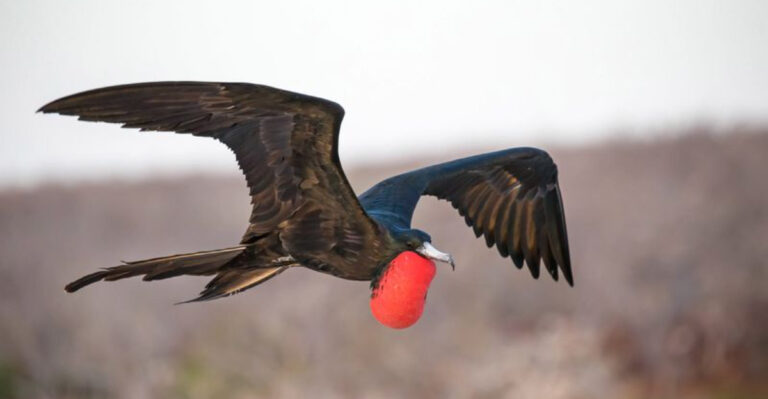15 Little-Known Mammals Of North America You Probably Never Heard Of
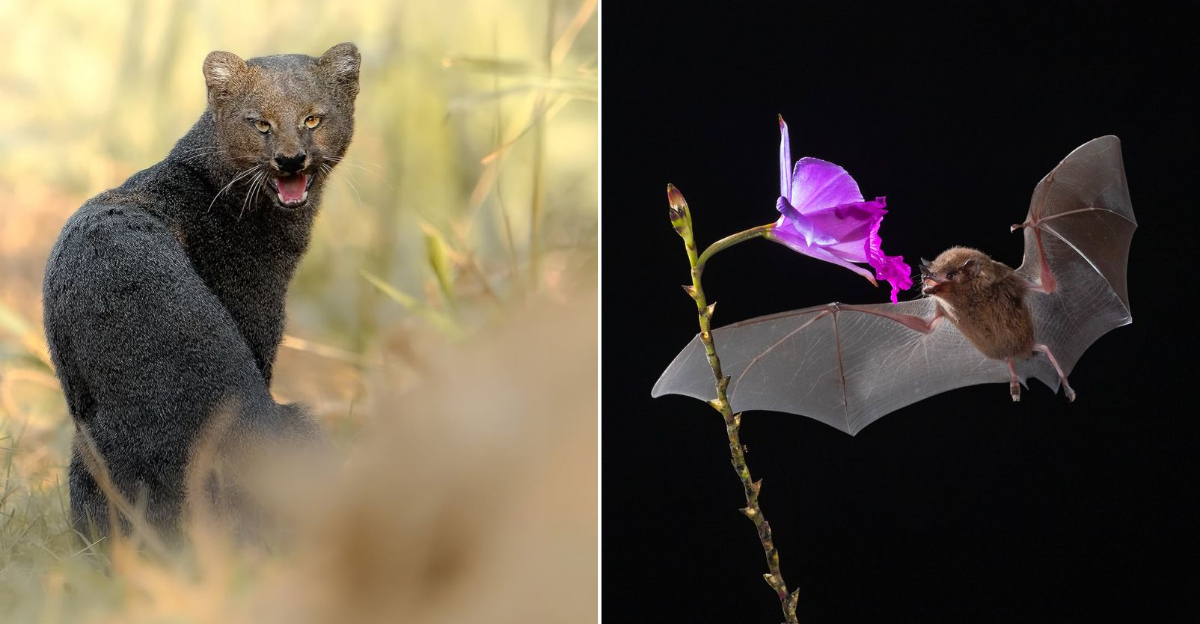
North America is home to an astonishing array of wildlife, but some of its most fascinating mammals remain hidden in the shadows, rarely seen or even heard of.
From the misty forests of the Pacific Northwest to the arid deserts of the Southwest, these elusive creatures thrive in diverse habitats, adapting to survive in unique ways. In this list, we’re exploring 15 little-known mammals that many have never encountered.
Whether they’re tiny burrowers, night-dwelling hunters, or mountain-climbing acrobats, each one has its own remarkable story to tell. Prepare to be amazed by the secretive side of North American wildlife.
1. American Marten
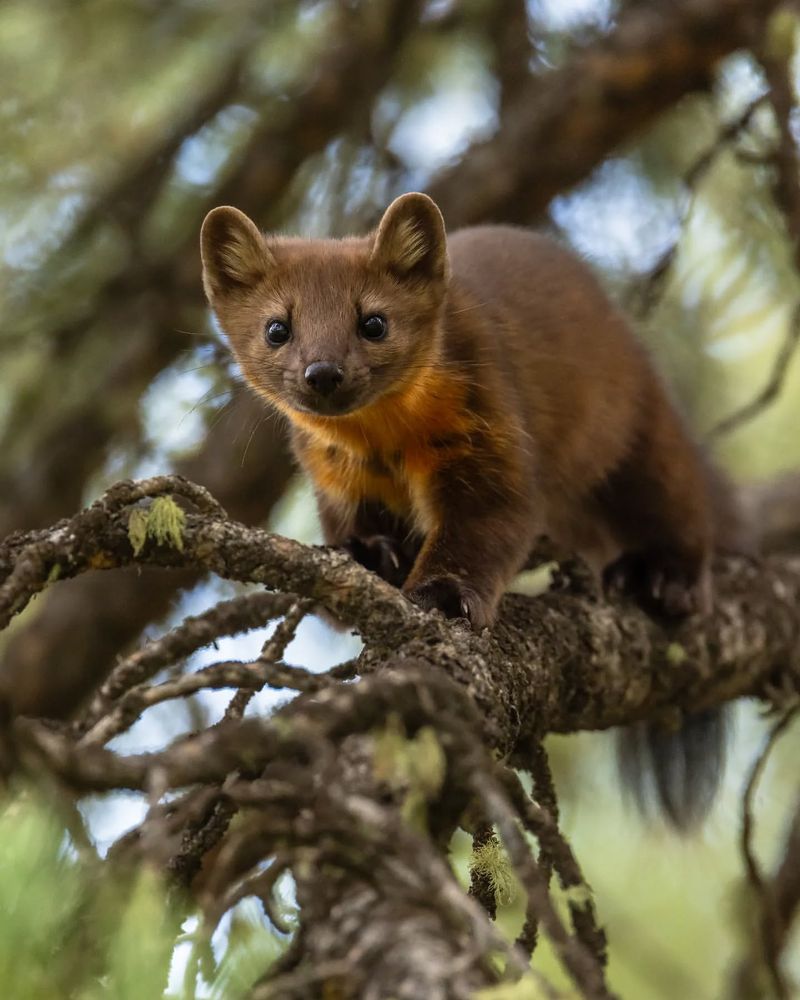
The American Marten is a small, agile mammal that thrives in the dense forests of North America. Its sleek body and bushy tail allow it to navigate effortlessly through the trees. Unlike its more famous relatives, this marten is seldom seen due to its elusive behavior.
Inhabitants of cold regions, American Martens have adapted well to their environments. They possess thick fur that insulates against the harsh winters. These creatures are primarily carnivorous, feeding on small mammals, birds, and even insects in their quest for survival.
The American Marten plays a crucial role in its ecosystem by controlling population numbers of its prey. While they are not endangered, habitat destruction poses a threat to their populations. Conservation efforts are essential to ensure their continued survival, allowing these secretive creatures to thrive in their natural habitats.
2. Eastern Spotted Skunk
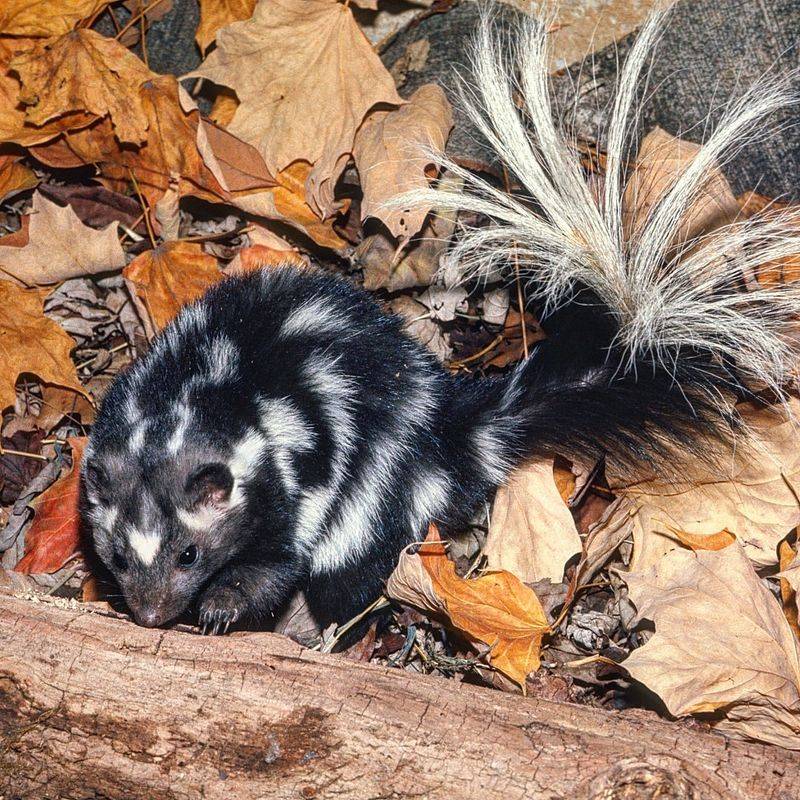
The Eastern Spotted Skunk is quite a sight with its unique fur pattern and acrobatic defense mechanisms. Unlike the more commonly known striped skunk, this variant is smaller and more elusive. The spotted pattern provides them with excellent camouflage in the wild.
When threatened, the Eastern Spotted Skunk performs a remarkable handstand, showcasing its rear to potential threats. This display is not just for show; it warns predators of the skunk’s potent spray. Their diet is omnivorous, consisting of insects, small mammals, and fruits.
Found in a variety of habitats, including grasslands and forests, they are adaptable yet face threats from habitat loss. Conservationists are working to understand better and protect these unique creatures. Their presence is vital for maintaining ecological balance, as they help control insect and small mammal populations.
3. Mexican Long-Tongued Bat
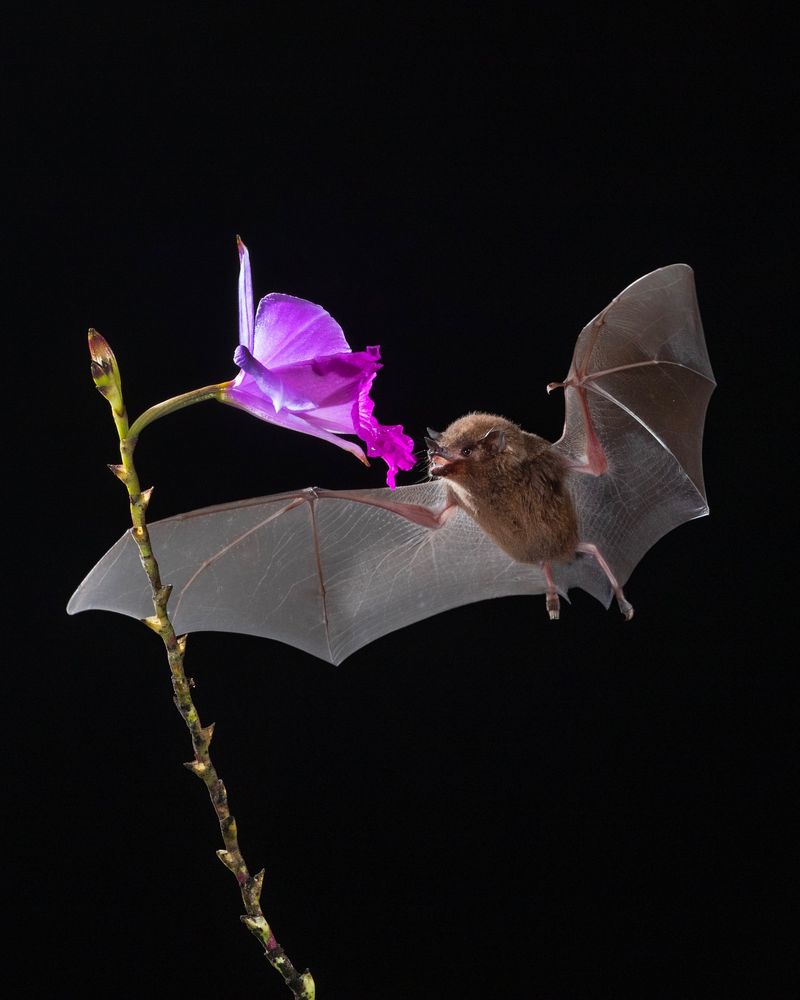
The Mexican Long-tongued Bat is an extraordinary pollinator of the desert regions it inhabits. Known for its remarkably long tongue, this bat can access nectar deep within cacti flowers, playing a vital role in the ecosystem.
These bats are primarily found in arid and semi-arid regions of North America, where they emerge at night to feed. Their feeding habits support plant reproduction, making them indispensable in maintaining biodiversity.
Unfortunately, the Mexican Long-tongued Bat is facing challenges due to habitat destruction and climate change. Conservation efforts are in place to protect these essential pollinators and their habitats. By ensuring their survival, we are also safeguarding the diverse plant life they support. Their nocturnal activities and unique adaptations make them a fascinating subject of study.
4. Vancouver Island Marmot
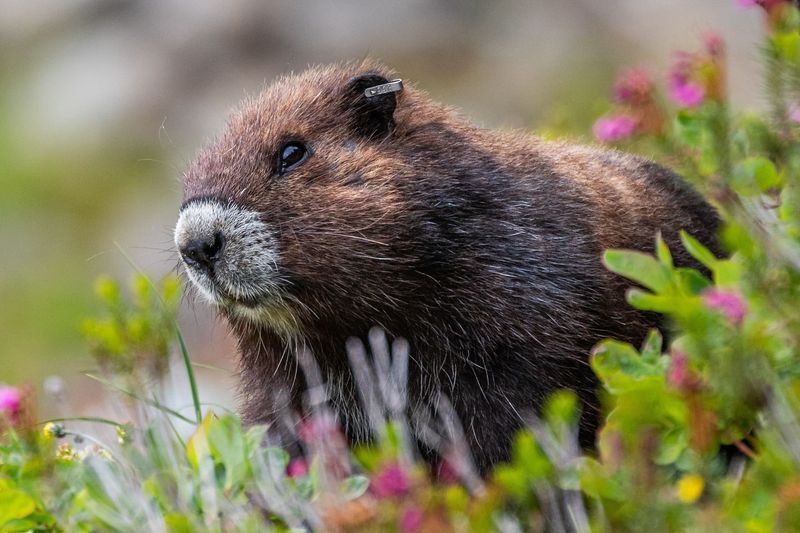
Endemic to Vancouver Island, the Vancouver Island Marmot is one of the rarest mammals in North America. These marmots are easily recognizable by their chocolate-brown fur and distinctive white patches.
Living in alpine meadows, they hibernate for a significant portion of the year. During the short summer months, they are active, foraging for food to sustain them through the long winters. Their diet mainly consists of grasses, herbs, and flowers.
The Vancouver Island Marmot has faced severe population declines due to habitat loss and predation. However, conservation efforts, including captive breeding programs, have been implemented to ensure their survival. The recovery of this species is a testament to the power of dedicated conservation work and the importance of preserving natural habitats.
5. Sierra Nevada Red Fox
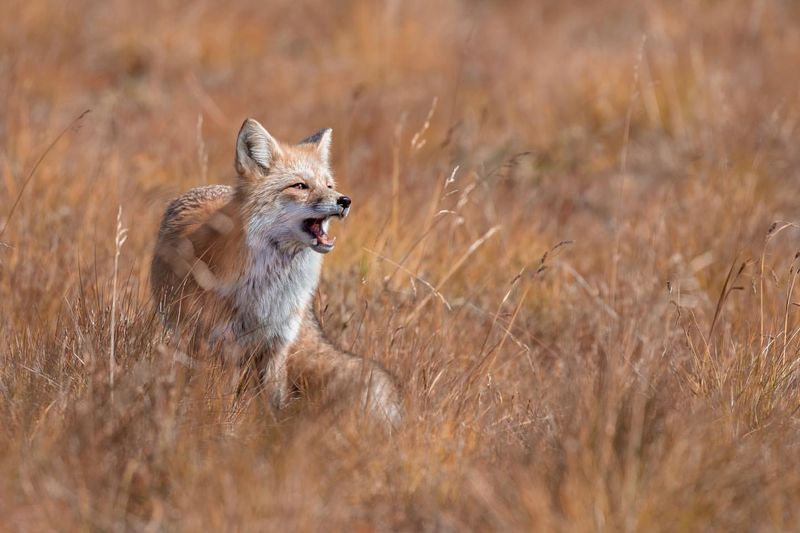
Inhabiting the remote high elevations of the Sierra Nevada, the Sierra Nevada Red Fox is a rare and beautiful sight. With its striking red fur and bushy tail, it is a master of stealth and survival.
Adapted to cold climates, these foxes have thick fur and a keen sense of smell to hunt effectively in snow-covered terrains. Their diet includes rodents, birds, and small mammals, which they skillfully track and capture.
The Sierra Nevada Red Fox is threatened by habitat loss and competition with other predators. Efforts are being made to study and protect this elusive species, as it is a critical component of its ecosystem. Their presence indicates a healthy, balanced environment, highlighting the need for ongoing conservation measures.
6. Black-Footed Ferret
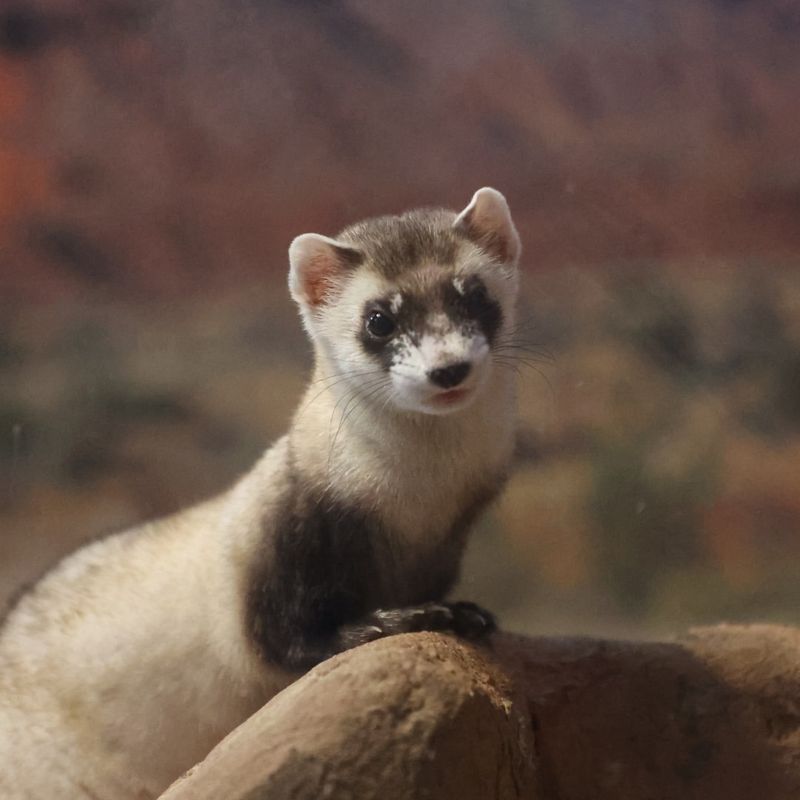
Once thought to be extinct, the Black-footed Ferret has made a remarkable comeback thanks to concerted conservation efforts. This small, nocturnal predator plays a vital role in prairie ecosystems.
Black-footed Ferrets primarily prey on prairie dogs, contributing to the control of their populations. Their slender bodies and keen senses make them adept hunters, navigating through complex burrow systems.
Despite their recovery, they remain one of North America’s rarest mammals, with ongoing efforts required to sustain their populations. Reintroduction programs and habitat protection are crucial for their continued survival. By protecting the Black-footed Ferret, we also preserve the intricate prairie ecosystems they inhabit, showcasing the interconnectedness of nature.
7. Ocelot
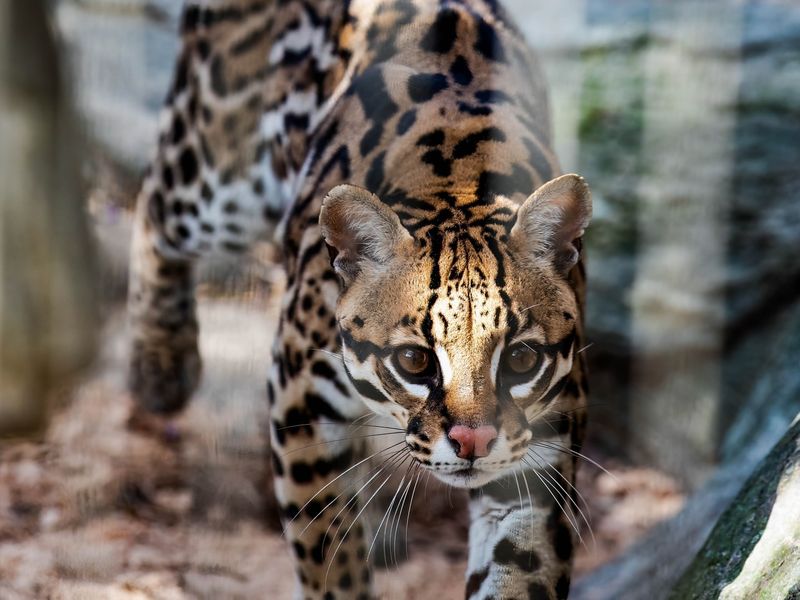
The Ocelot, with its strikingly beautiful coat, is a master of camouflage in the dense tropical forests of southern North America. These elusive cats are solitary hunters, preying on small mammals, birds, and reptiles.
Ocelots are known for their adaptability, thriving in diverse habitats, including forests, grasslands, and marshes. However, they are elusive and rarely seen, adding to their mystique. The intricate patterns on their fur help them blend seamlessly into their surroundings.
Threatened by habitat destruction and illegal poaching, Ocelots are under constant threat. Conservation efforts focus on habitat preservation and anti-poaching measures to protect these magnificent creatures. Their survival is essential for maintaining the balance within their ecosystems, where they serve as both predator and prey.
8. Canadian Lynx
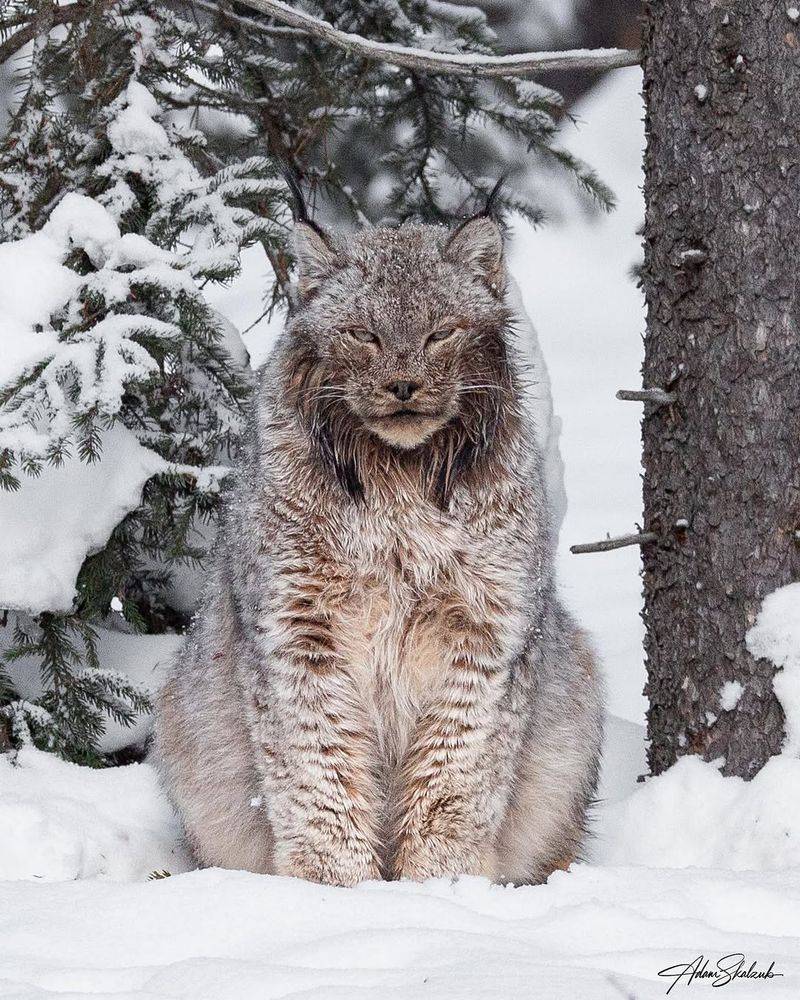
The Canadian Lynx is a creature of mystery and grace, found in the boreal forests of North America. Its distinctive tufted ears and large, padded paws are perfectly adapted for life in snowy terrains.
These solitary hunters rely heavily on snowshoe hares for sustenance, and their population levels often mirror those of their prey. The lynx’s keen eyesight and silent stalking make it an effective predator, though rarely seen by humans.
Habitat loss and climate change pose significant threats to the Canadian Lynx. Conservation initiatives are vital to protect their natural habitats and ensure their survival. By understanding and safeguarding the lynx, we preserve the delicate balance of the ecosystems they inhabit, highlighting the importance of predator-prey relationships.
9. Pygmy Rabbit
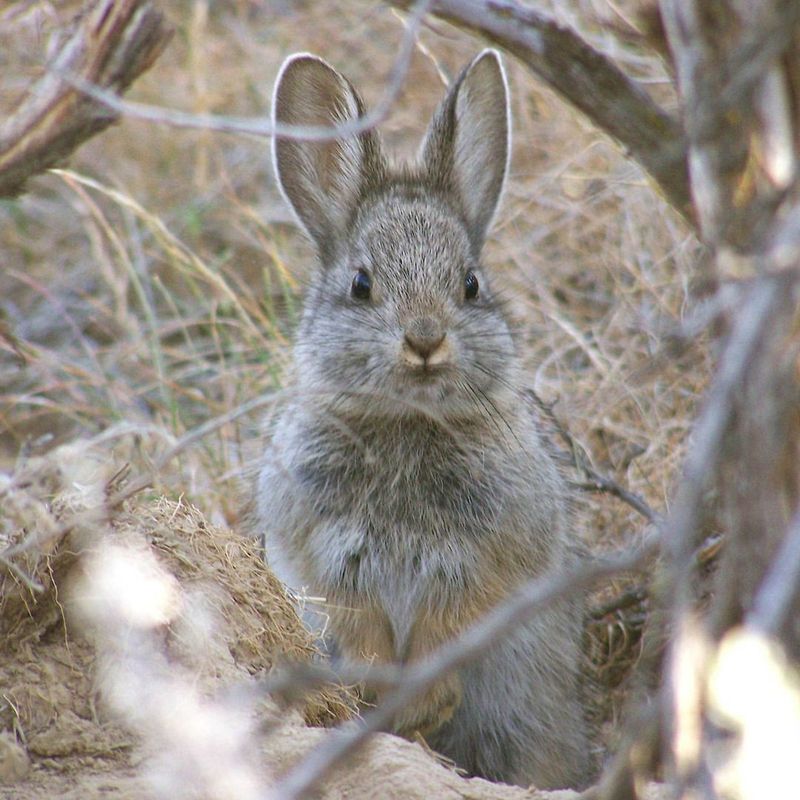
The Pygmy Rabbit, North America’s smallest rabbit, is a master of survival in the harsh, arid landscapes it calls home. Weighing less than a pound, its diminutive size belies its resilience.
Unlike other rabbits, the Pygmy Rabbit digs its own burrows, providing shelter from predators and harsh weather. Its diet is specialized, focusing primarily on sagebrush, which is abundant in its habitat.
Despite its adaptability, the Pygmy Rabbit faces threats from habitat loss and climate change. Conservation efforts aim to protect the sagebrush ecosystems they rely on.
By preserving their habitat, we ensure the survival of this tiny yet remarkably resilient species, a testament to the adaptability of life in challenging environments.
10. Ringtail
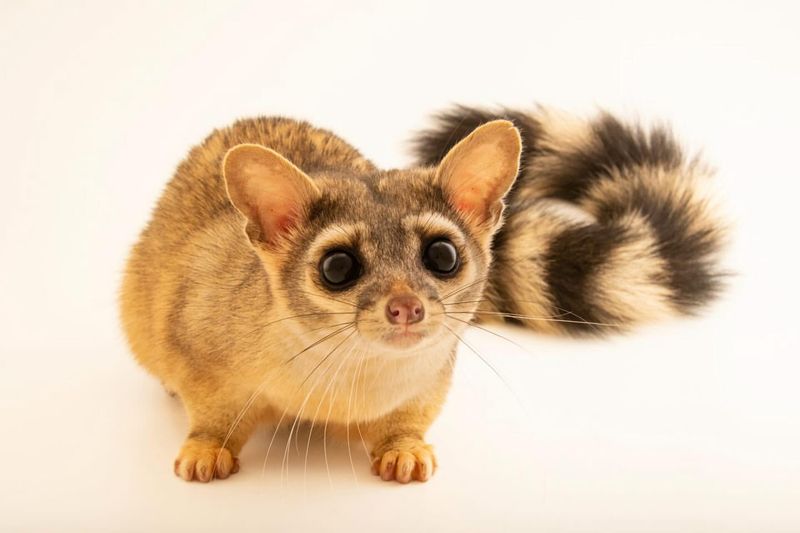
The Ringtail, often mistaken for a cat, is a nocturnal mammal with agility akin to that of a lemur. Its large eyes and bushy tail are distinctive features that aid in its nocturnal lifestyle.
Found in rocky and arid regions, Ringtails are adept climbers, using their tails for balance as they navigate rugged terrains. Their diet is varied, consisting of insects, fruits, and small vertebrates, showcasing their adaptability.
Although not endangered, habitat destruction poses a risk to their populations. Efforts are being made to monitor and protect their natural habitats. The presence of Ringtails is often an indicator of healthy ecosystems, underscoring the importance of preserving biodiversity and natural landscapes.
11. Red Wolf
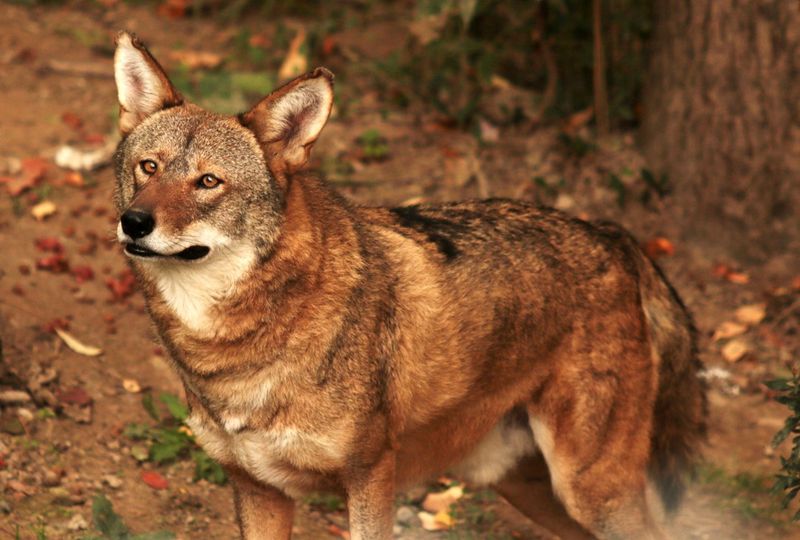
The Red Wolf, a critically endangered species, roams the southeastern United States. With a social structure resembling that of the more recognized grey wolf, these animals play crucial roles in their ecosystems.
Red Wolves are skilled hunters, often relying on teamwork to capture their prey, which includes deer and smaller mammals. Their presence is vital for maintaining the balance of their habitats, controlling the populations of herbivores.
Conservation programs aim to increase their numbers through captive breeding and protected reserves. The Red Wolf’s plight underscores the importance of conservation and the need to restore natural ecosystems where predators can thrive.
Protecting them ensures the health of entire ecosystems, exemplifying the necessity of biodiversity.
12. Star-Nosed Mole
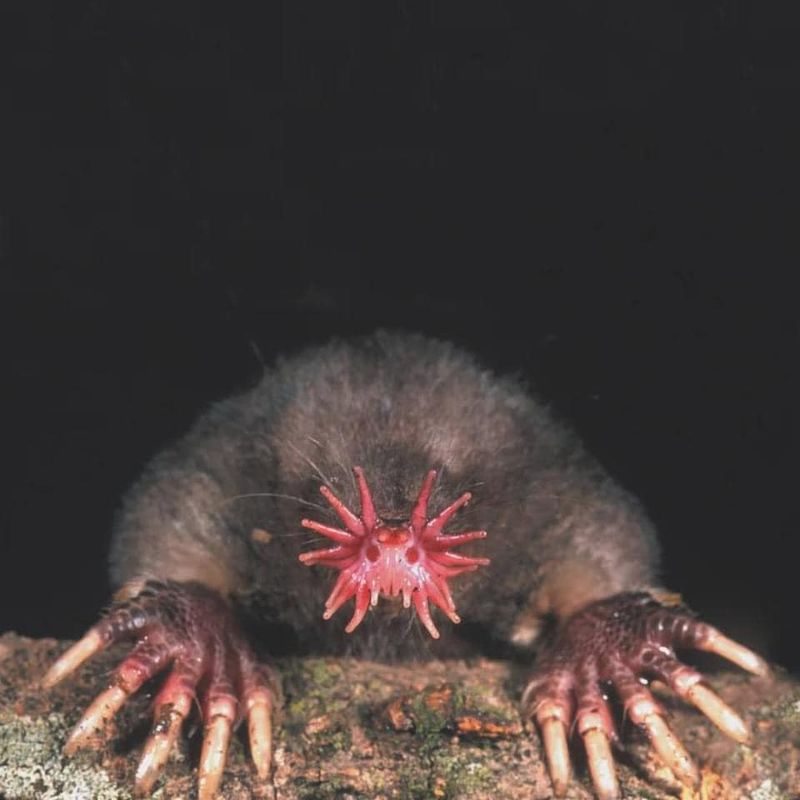
The star-nosed mole is a small, subterranean mammal found in wet lowland areas of eastern Canada and the northeastern United States. It is easily recognizable by its unique star-shaped nose, which has 22 fleshy appendages. In a way, they look like aliens!
These appendages are extremely sensitive and help the mole detect prey in the dark underworld of its habitat. Despite its unusual appearance, the star-nosed mole is a highly effective predator, capable of catching and eating its prey in as little as 120 milliseconds.
It primarily feeds on small invertebrates, aquatic insects, and worms. The mole’s star-like nose is not only its defining feature but also one of the most sensitive touch organs of any mammal. Living mostly underground, star-nosed moles are excellent diggers, creating a network of tunnels in moist soil.
They are solitary creatures, coming together only to mate. Their peculiar looks and fascinating lifestyle make them a subject of interest for scientists and wildlife enthusiasts alike.
13. Jaguarundi
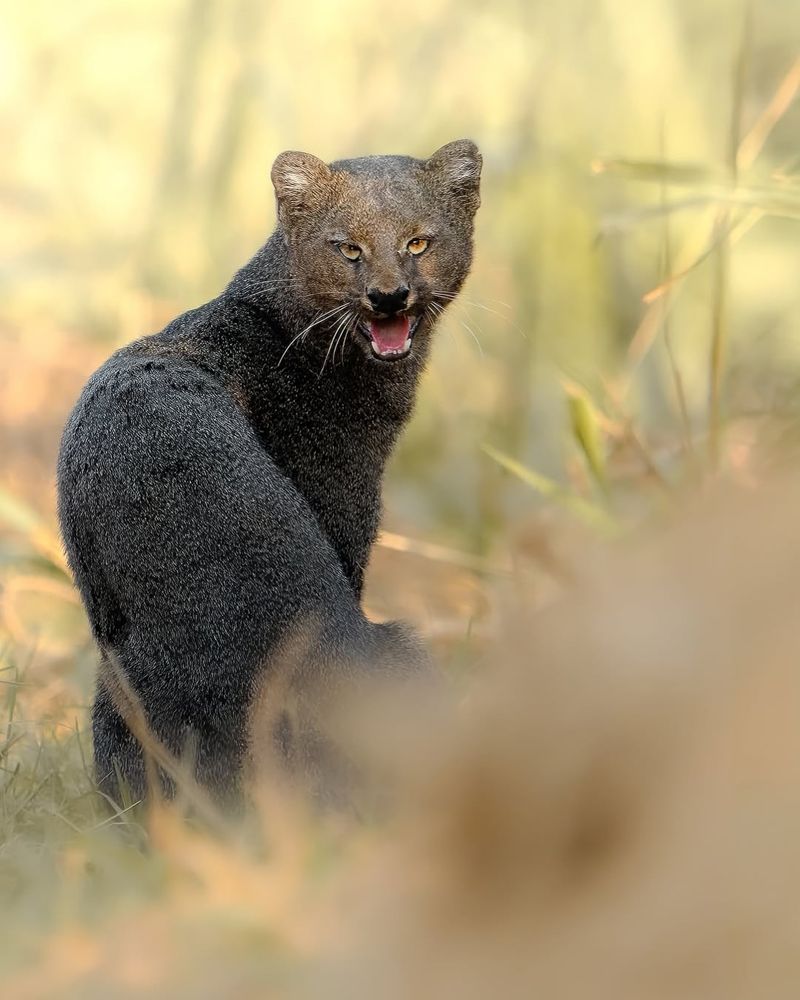
The Jaguarundi, with its elongated body and short legs, is unlike any other cat native to North America. Found in the dense forests and brushlands, these solitary hunters are incredibly versatile.
Unlike other felines, Jaguarundis are active during the day, preying on a variety of birds, reptiles, and small mammals. Their unique appearance and behavior make them intriguing subjects for wildlife enthusiasts.
Habitat loss and fragmentation threaten their existence, necessitating focused conservation strategies to protect their natural environments.
By safeguarding the habitats of the Jaguarundi, we contribute to the preservation of an entire ecosystem, underlining the importance of maintaining diverse and healthy habitats for all species.
14. Mountain Beaver
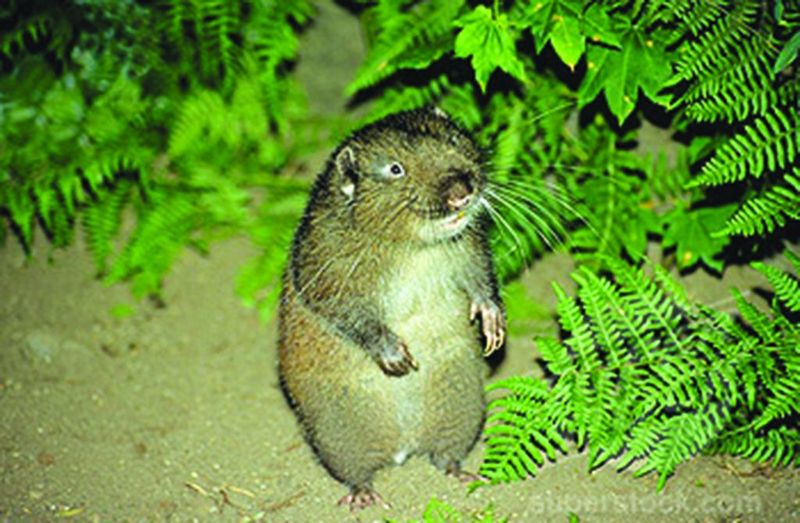
The Mountain Beaver, not related to true beavers, thrives in the dense forests of the Pacific Northwest. Known for its robust build and short tail, this nocturnal herbivore prefers moist soil and dense undergrowth for burrowing.
Unlike its aquatic namesake, the Mountain Beaver does not build dams. Instead, it constructs elaborate tunnel systems to navigate the forest floor. Its diet consists mainly of ferns, which it collects and stores in its burrows.
Interestingly, the Mountain Beaver has a primitive physiology, providing invaluable insights into evolutionary biology. Its elusive nature makes sightings rare but rewarding for wildlife enthusiasts.
15. American Water Shrew
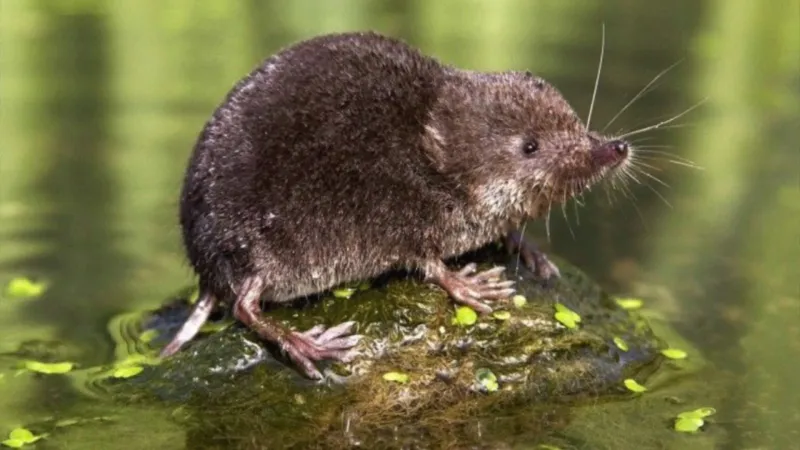
The American Water Shrew, with its remarkable diving abilities, is the Olympic swimmer of the small mammal world. Found in the cool streams and wetlands of North America, this elusive creature is known for its water-repellent fur and keen hunting skills. Its diet consists primarily of aquatic insects and small fish.
Despite its aquatic lifestyle, the American Water Shrew is often mistaken for a terrestrial rodent due to its size and appearance. Its ability to remain underwater for extended periods makes it a fascinating subject for researchers and wildlife enthusiasts alike. The shrew’s rapid movements and unique adaptations are a testament to nature’s ingenuity.
Fun fact: The American Water Shrew can detect prey through vibrations in the water, an adaptation that makes it an efficient hunter in its watery domain.

